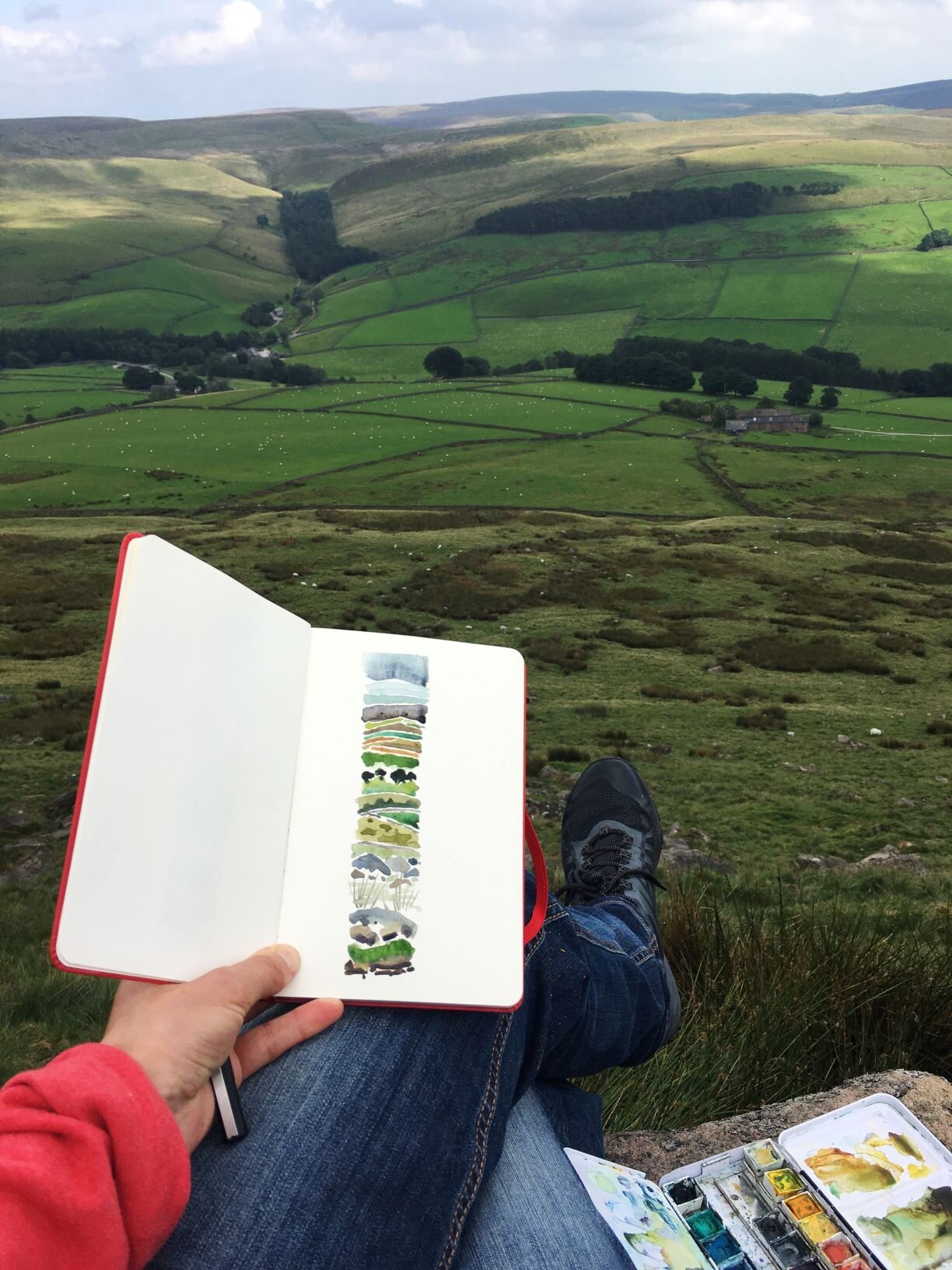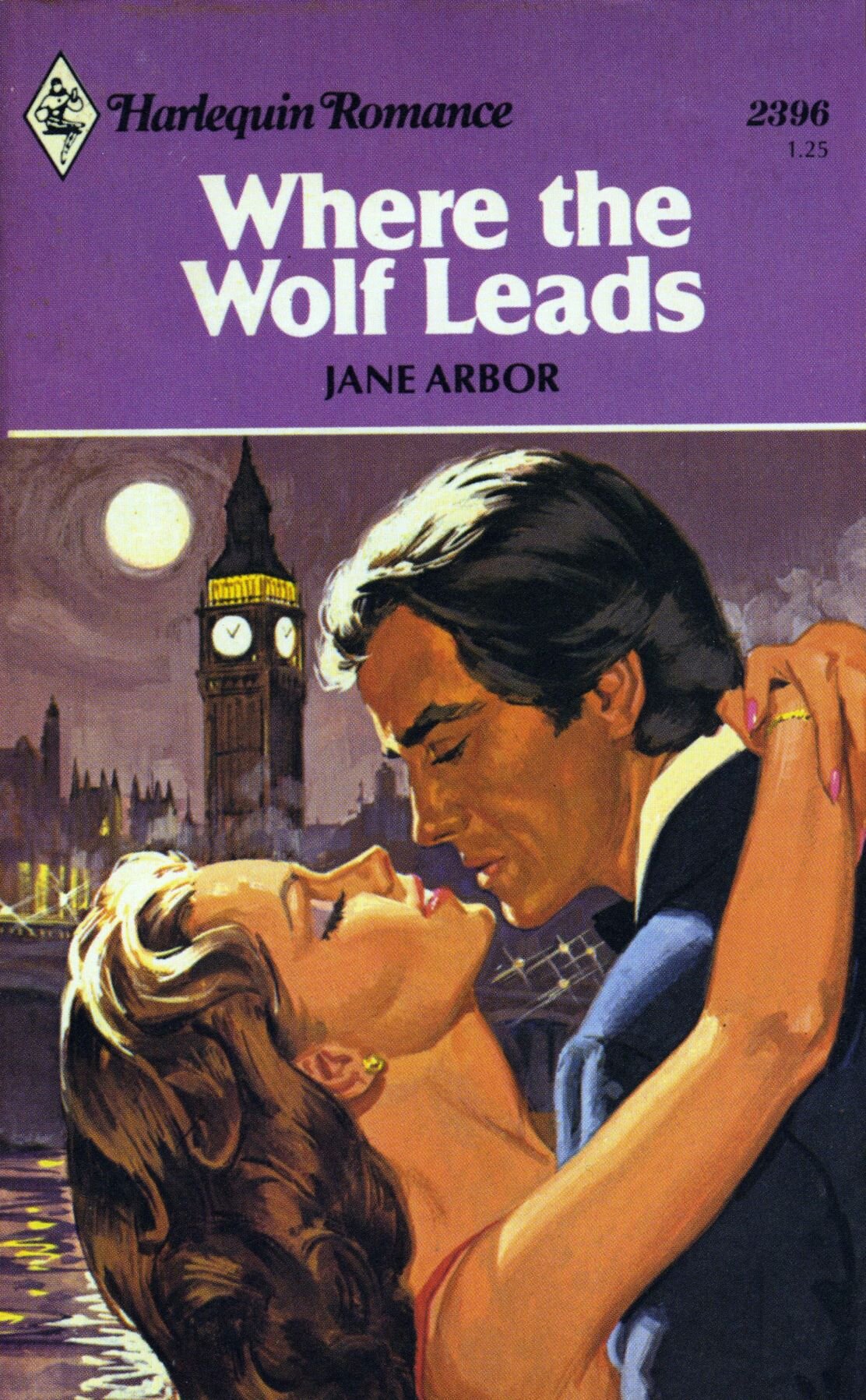Make a walk an event by sitting down to sketch the landscape for a short while
There aren’t many things that don’t feel just a bit more ‘alive’ for being practised outdoors; eating alfresco is so much more than just supper, sleeping under the stars turns a daily fact of life into something magic… And art? Well, painting a landscape, live, out in the fresh air, is like the difference between watching a BBC schools TV film of Julius Caesar and being in the Globe watching the RSC perform it live.
‘Plein Air’ painting, the act of painting a landscape like a sitting portrait, with the artist able to better capture the changing light, weather and atmosphere, began in the 1800s, pioneered by Constable, whose painting, Boatbuilding, Near Flatford Mill was conceived and painted entirely outdoors. The catalyst, lovely though the great outdoors is, was the rather more prosaic fact of tubes of oil paints suddenly becoming available. Paints had previously needed to be mixed from raw pigments which did not lend themselves to being thrown into a bag for an impromptu day’s painting out in the fields. A few tubes fitted nicely into your artist’s knapsack alongside a Thermos and a cheese sandwich.
The Plein Air movement soon spread to the continent, its high point coming with Impressionist landscapes; think the likes of Monet, Renoir and Pissaro with their dappled light and soft, outdoorsy colours.
Perhaps it’s the fresh air going to our heads, but we think we might just be inspired enough to give plein air a go ourselves now the weather’s warming up. How hard can a few water lilies be to paint anyway? If you fancy trying it too, here are a few tips to get you started.
Put together a bit of a kit. You don’t need a full-on pochade box, though. In fact, it’s best if you travel fairly light. Just a modest art kit (more on that below), something to keep warm if you’re sitting still for long periods, a hat if it’s sunny (or chilly), and we recommend a flask of tea and a generous slice of cake. Art is not fuelled on inspiration alone, you know.
If you’re painting you just need something to paint on (paper, card, a sketchbook or canvas), a couple of brushes of different sizes, something to put water in and a cloth to wipe your brushes. Watercolours travel more easily than oils but don’t be put off oils or gouache if that’s what you prefer. You don’t need to take them all either; just consider your location, and pick out a few tubes of paint to match the colouring of the scenery. Plein Air fans often say they prefer to use ‘found’ water for rinsing brushes than taking their own. There’s definitely something charming about using water taken from the sea to paint your beach scene, or even just asking the cafe that features in your scene for a glass of water to paint with.
Of course, sketching with coloured pencils or charcoals is lots of fun, too. We think if Monet had had the wealth of colours offered in a Faber Castell kit, he’d have given it a go, too.
Choose a location that inspires you. It doesn’t have to be a pastoral idyll; just somewhere that ‘speaks’ to you. It also needs to be somewhere you can easily sit undisturbed (so if the roundabout at Elephant and Castle speaks to you maybe think again). You also need somewhere comfy enough to sit, whether that’s a grassy hillock or a camping chair on a street corner.
Take a photo of the scene you’re painting just for reference later on. It’s very satisfying once you start to get a little bit good.
Before you start, do a quick sketch of the scene you want to recreate; what plein air artists call a ‘thumbnail sketch’. It just gives you an idea of composition and what’s going where. Try to pick just one or two elements to focus on in the picture.
Once you’re painting or drawing, your watchword is ‘speed’. That might seem to go against the whole ethos of the thing, but you’ll be surprised how quickly the light changes. If painting, use a broad brush and just block in colour. You can add more detail and colour on top later, but you need to get the basics in first so the light doesn’t change the colours and where shadows fall too much while you’re working.
Be prepared to chat to passers by and show off your work (or adopt the look of a serious artist who must not be disturbed by trivialities and wear obvious headphones).
The photograph above is by Dr Ali Foxon, who we spoke to in our April issue for our ‘Walking with Purpose’ feature. Ali runs boggydoodles.com which organises green sketching events for groups. Turn to page 44 to meet Ali and more people who have added ‘purpose’ to their walks in different ways.
Buy this month's The Simple Things - buy, download or subscribe






